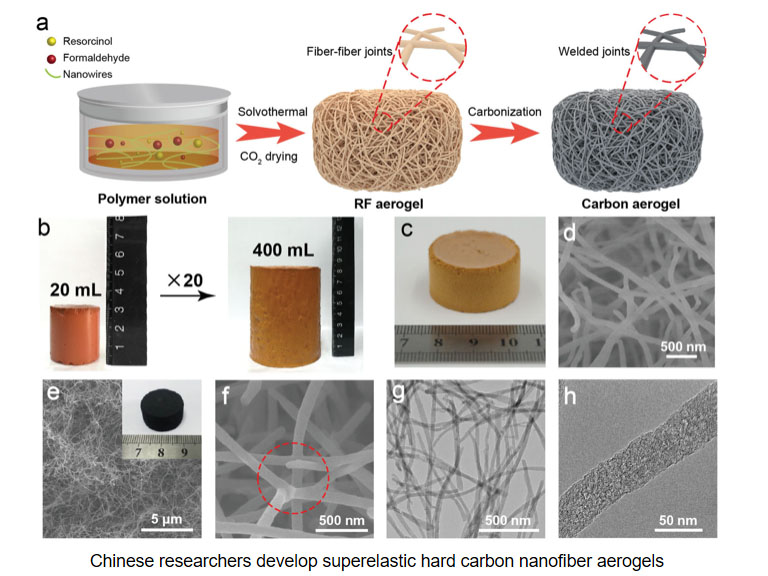
-
 Afrikaans
Afrikaans -
 Albanian
Albanian -
 Amharic
Amharic -
 Arabic
Arabic -
 Armenian
Armenian -
 Azerbaijani
Azerbaijani -
 Basque
Basque -
 Belarusian
Belarusian -
 Bengali
Bengali -
 Bosnian
Bosnian -
 Bulgarian
Bulgarian -
 Catalan
Catalan -
 Cebuano
Cebuano -
 China
China -
 China (Taiwan)
China (Taiwan) -
 Corsican
Corsican -
 Croatian
Croatian -
 Czech
Czech -
 Danish
Danish -
 Dutch
Dutch -
 English
English -
 Esperanto
Esperanto -
 Estonian
Estonian -
 Finnish
Finnish -
 French
French -
 Frisian
Frisian -
 Galician
Galician -
 Georgian
Georgian -
 German
German -
 Greek
Greek -
 Gujarati
Gujarati -
 Haitian Creole
Haitian Creole -
 hausa
hausa -
 hawaiian
hawaiian -
 Hebrew
Hebrew -
 Hindi
Hindi -
 Miao
Miao -
 Hungarian
Hungarian -
 Icelandic
Icelandic -
 igbo
igbo -
 Indonesian
Indonesian -
 irish
irish -
 Italian
Italian -
 Japanese
Japanese -
 Javanese
Javanese -
 Kannada
Kannada -
 kazakh
kazakh -
 Khmer
Khmer -
 Rwandese
Rwandese -
 Korean
Korean -
 Kurdish
Kurdish -
 Kyrgyz
Kyrgyz -
 Lao
Lao -
 Latin
Latin -
 Latvian
Latvian -
 Lithuanian
Lithuanian -
 Luxembourgish
Luxembourgish -
 Macedonian
Macedonian -
 Malgashi
Malgashi -
 Malay
Malay -
 Malayalam
Malayalam -
 Maltese
Maltese -
 Maori
Maori -
 Marathi
Marathi -
 Mongolian
Mongolian -
 Myanmar
Myanmar -
 Nepali
Nepali -
 Norwegian
Norwegian -
 Norwegian
Norwegian -
 Occitan
Occitan -
 Pashto
Pashto -
 Persian
Persian -
 Polish
Polish -
 Portuguese
Portuguese -
 Punjabi
Punjabi -
 Romanian
Romanian -
 Russian
Russian -
 Samoan
Samoan -
 Scottish Gaelic
Scottish Gaelic -
 Serbian
Serbian -
 Sesotho
Sesotho -
 Shona
Shona -
 Sindhi
Sindhi -
 Sinhala
Sinhala -
 Slovak
Slovak -
 Slovenian
Slovenian -
 Somali
Somali -
 Spanish
Spanish -
 Sundanese
Sundanese -
 Swahili
Swahili -
 Swedish
Swedish -
 Tagalog
Tagalog -
 Tajik
Tajik -
 Tamil
Tamil -
 Tatar
Tatar -
 Telugu
Telugu -
 Thai
Thai -
 Turkish
Turkish -
 Turkmen
Turkmen -
 Ukrainian
Ukrainian -
 Urdu
Urdu -
 Uighur
Uighur -
 Uzbek
Uzbek -
 Vietnamese
Vietnamese -
 Welsh
Welsh -
 Bantu
Bantu -
 Yiddish
Yiddish -
 Yoruba
Yoruba -
 Zulu
Zulu
frp stub flange
Understanding FRP Stub Flanges A Comprehensive Guide
FRP (Fiber Reinforced Plastic) materials have become increasingly popular in various industrial applications due to their remarkable strength-to-weight ratio, corrosion resistance, and durability. Among the many components made from FRP, stub flanges stand out as essential elements in piping systems. This article explores FRP stub flanges, their features, applications, and advantages, providing a comprehensive understanding of this important component.
What is an FRP Stub Flange?
A stub flange is a type of flange that consists of a short cylindrical section, allowing for the connection of pipes, valves, or other equipment in a piping system. It usually features a flat surface with holes for bolts, enabling it to be easily fastened to other flanges. Unlike standard flanges, which have a full ring that extends around the pipe, stub flanges only extend partially, making them lighter and often more cost-effective.
When constructed from FRP, stub flanges inherit the beneficial properties of the material, including resistance to chemical attack, lower maintenance requirements, and ease of installation. These attributes make FRP stub flanges an excellent choice for applications in various industries, particularly those that handle corrosive substances.
Features of FRP Stub Flanges
1. Corrosion Resistance One of the primary advantages of FRP stub flanges is their outstanding resistance to corrosion. This property makes them suitable for applications in chemical processing, wastewater treatment, and marine environments where metal flanges would suffer degradation.
2. Lightweight FRP materials are significantly lighter than traditional metals, making FRP stub flanges easier to handle and install. This reduces the labor costs associated with installation and allows for a more efficient assembly process.
3. Customizability FRP can be molded into complex shapes and designs, allowing for a high degree of customization in stub flanges. Manufacturers can tailor the dimensions and specifications to meet the unique requirements of a project.
4. Thermal Insulation FRP materials typically have low thermal conductivity. This characteristic helps in reducing heat loss or gain in piping systems, contributing to energy efficiency.
5. Sealing Performance With proper gaskets, FRP stub flanges can provide excellent sealing capabilities, minimizing leakages and ensuring the integrity of piping systems.
Applications of FRP Stub Flanges
frp stub flange

FRP stub flanges are widely used across various industries due to their superior performance and reliability. Some of the key applications include
- Chemical Processing In refineries and chemical plants, FRP stub flanges connect pipes that transport corrosive liquids and gases. - Wastewater Treatment The resistance to chemicals and moisture makes FRP stub flanges ideal for wastewater treatment facilities where standard metals might corrode.
- Marine Applications In shipbuilding and offshore platforms, FRP stub flanges are used in piping systems exposed to saline environments, where rusting could cause significant issues.
- Food and Beverage The non-reactive nature of FRP materials allows for safe use in the food and beverage industry, ensuring the integrity of products transported through these systems.
Advantages of Using FRP Stub Flanges
The use of FRP stub flanges offers numerous advantages
1. Cost-Effectiveness The longevity and low maintenance of FRP components reduce the total cost of ownership over time. 2. Reduced Weight The lightweight nature enhances structural integrity while simplifying transport and assembly.
3. Longevity FRP materials do not rust or corrode, leading to longer service life and reduced downtime.
4. Environmental Resistance FRP stub flanges can withstand extreme temperatures and harsh environmental conditions, ensuring reliability.
Conclusion
FRP stub flanges represent a significant advancement in piping technology, combining lightweight design with unmatched corrosion resistance. Their versatility and performance make them a favored choice in various industrial applications, addressing the needs of sectors such as chemical processing, wastewater treatment, and marine engineering. As industries continue to seek more efficient and durable solutions, the demand for FRP stub flanges is likely to grow, making them an integral part of future piping systems.









